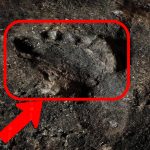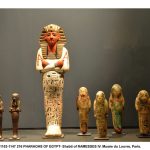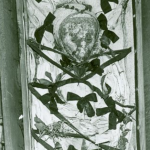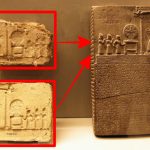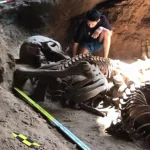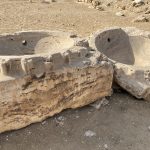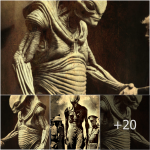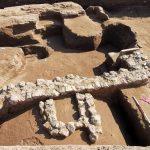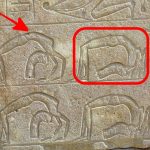Meketre’s Tomb’s Miniature Universe: An Evidence of Egyptology’s Golden Age

In the annals of Egyptology, few discoveries have captured the imagination quite like the tomb of Meketre. Nestled within the ancient necropolis of Thebes, this remarkable burial site offers a tantalizing glimpse into the opulent world of the Middle Kingdom, showcasing the exquisite craftsmanship and artistic mastery of its era.

Meketre, a high-ranking official and steward during the reign of Pharaoh Mentuhotep II, rose to prominence during a period of unprecedented cultural and political flourishing. Known for his wealth and influence, Meketre commissioned a lavish tomb to serve as his final resting place—a monument to his status and prestige in life, and a testament to his enduring legacy in death.

Herbert Eustis Winlock was one of the most successful and active archaeologists during the Golden Age of Egyptology in the early 20th century. As a member of the New York Metropolitan Museum, where he eventually became the director, he participated in several expeditions to Egypt and made significant discoveries.
His most notable discovery is associated with his name, which he made in 1920 while studying the southern Asasif necropolis (a part of the Theban Necropolis) near Deir el-Bahari.
